Visitor curiosity through embodied interactions
Based on semi-structured interviews and theory of curiosity we investigated the connection between embodied interactions and the level of curiosity in the context of museums.
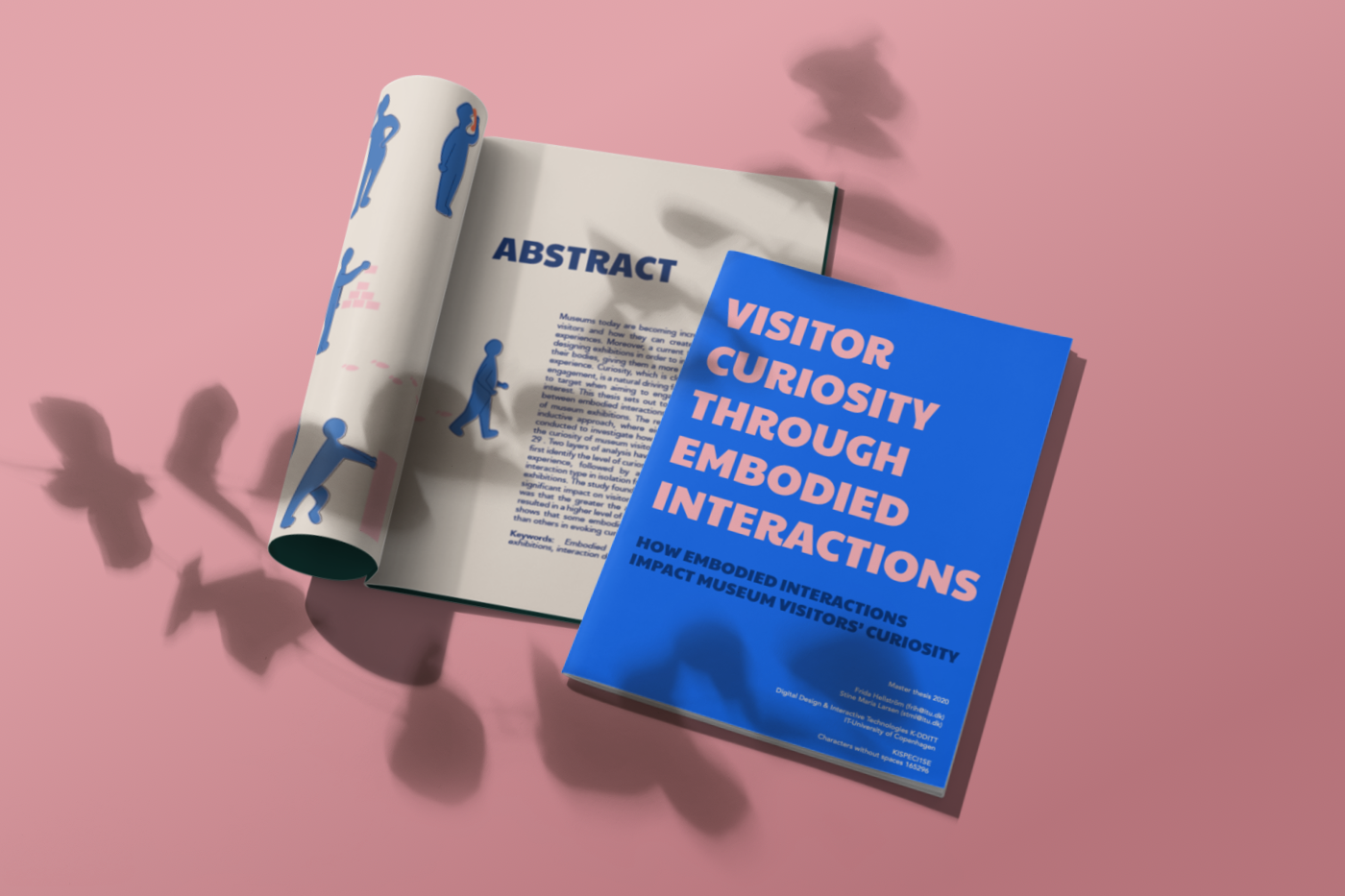
Museums today are becoming increasingly focused on their visitors and how they can create educationally engaging experiences. Moreover, a current trend within museology is designing exhibitions in order to involve museum visitors and their bodies, giving them a more active role in their learning experience. Curiosity, which is closely linked to interest and engagement, is a natural driving factor in human development to target when aiming to engage visitors and ignite their interest. This thesis sets out to investigate the relationship between embodied interactions and curiosity in the context of museum exhibitions. The research is carried out with an inductive approach, where eight in-depth interviews were conducted to investigate how embodied interactions impact the curiosity of museum visitors between the ages of 18 and 29 . Two layers of analysis have been applied to the results to first identify the level of curiosity eliciting from each exhibition experience, followed by an analysis of each embodied interaction type in isolation from the context of the respective exhibitions. The study found embodied interactions to have a significant impact on visitor curiosity and the general pattern was that the greater the amount of embodied interactions resulted in a higher level of curiosity. Furthermore, the analysis shows that some embodied interactions are more effective than others in evoking curiosity in museum visitors.
Keywords: Embodied interaction, curiosity, museums, exhibitions, interaction design.
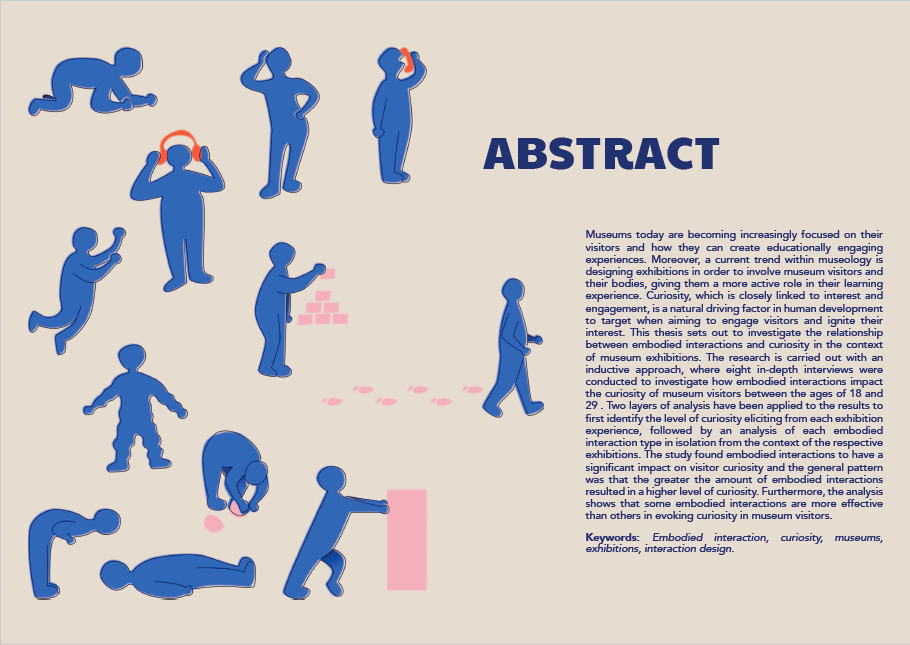
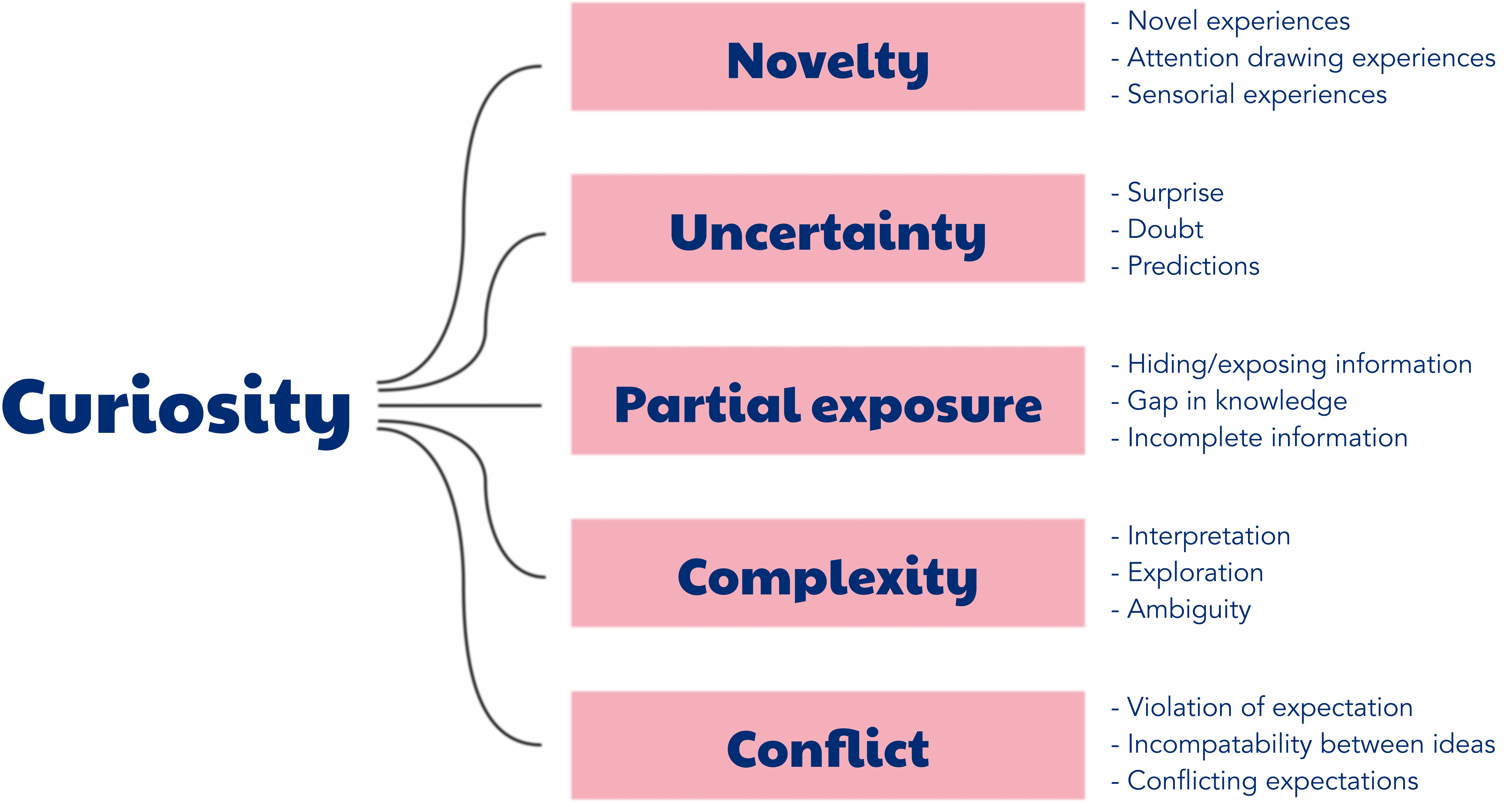
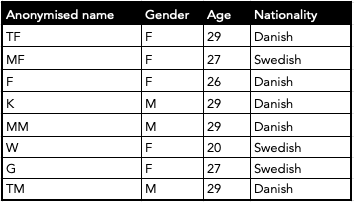
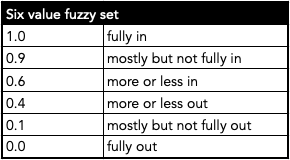


If you like what you see and want to work together, get in touch!
jane@portfolio.com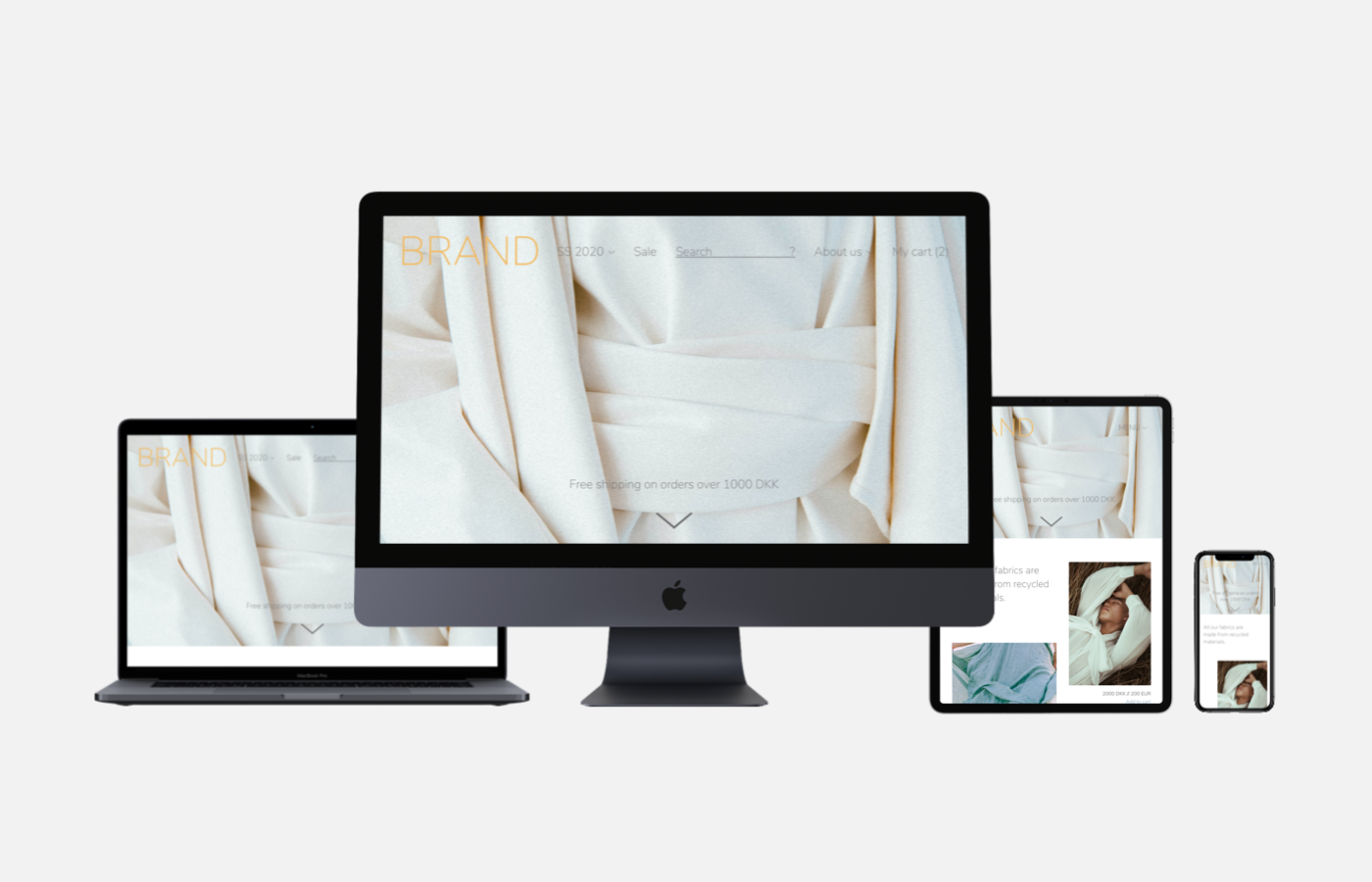
Branding, UI design

Lorem ipsum dolor sit amet, consectetur adipiscing elit. Suspendisse varius enim in eros elementum tristique.

Lorem ipsum dolor sit amet, consectetur adipiscing elit. Suspendisse varius enim in eros elementum tristique.
